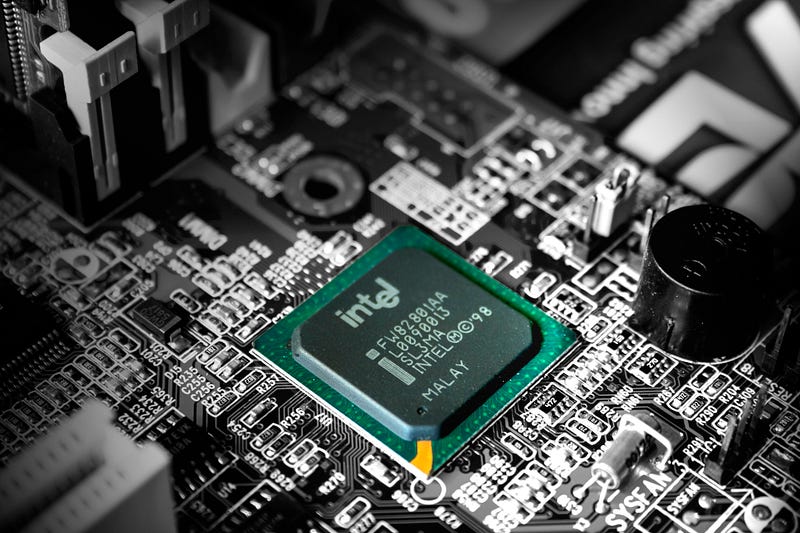Exploring Intel's Impact on the GPU Market Landscape
Written on
Chapter 1: Intel's Emergence in the GPU Arena
Intel has long been recognized as a dominant player in the microprocessor industry. Recently, it has ventured into the GPU sector, aiming to make a significant impact. This company produces a variety of microprocessors that cater to different market segments, ranging from budget-friendly to high-end options, each boasting unique features.
Traditionally, Intel has provided users with integrated graphics solutions, notably through its "Intel HD family" chipsets. These GPUs require no additional costs, offering consumers a user-friendly interface and decent display capabilities.
Section 1.1: The GPU Market: Challenges in Availability
Before dedicated GPUs gained popularity, finding them was a challenge. In 2015, the Asia-Pacific region faced shortages of the GTX 980 and GTX 980 Ti graphics cards. Another significant shortage occurred in 2017, impacting NVIDIA's GTX 10 series and AMD's RX 500 series cards.

As time progressed, scalpers began to purchase GPUs in bulk, reselling them at inflated prices. At that time, the scalping phenomenon was not as widespread as it would later become. The COVID-19 pandemic declared by the World Health Organization in 2020 had far-reaching effects globally, disrupting local economies and businesses, including GPU manufacturing.
The pandemic led to lockdowns and quarantines, causing a significant surge in gaming demand. During this period, scalpers capitalized on the limited GPU supply, reselling these components at exorbitant rates. As the cryptocurrency market slowly recovered, so did the demand for GPUs for both gaming and mining purposes, fueling the scalping trend.
Section 1.2: The Announcement of Intel's GPUs
Intel's recent announcement regarding its upcoming GPUs signals a new chapter in the GPU market. Reports indicate that the Intel Arc GPUs are outperforming several well-established graphics cards. Furthermore, these forthcoming GPUs are expected to be more affordable than current market offerings.
Chapter 2: A New Era of Competition
With Intel entering the fray, the competitive landscape is shifting from two major players to three: NVIDIA, AMD, and Intel. This expanded competition promises a more balanced distribution of GPUs in the market. As supply constraints ease, GPU prices are likely to stabilize and return to their original manufacturer’s suggested retail prices (MSRP). Scalping practices will likely diminish, allowing consumers to purchase GPUs at fair prices once again.
The first video examines Intel's recent struggles in the GPU market, questioning if their upcoming Battlemage architecture can restore their position.
The second video explores the potential for Intel to outpace AMD in the GPU sector and reclaim its footing as a major competitor.
Ultimately, this development is a positive outcome for consumers around the world, as Intel's involvement stands to disrupt and revitalize the GPU market significantly.